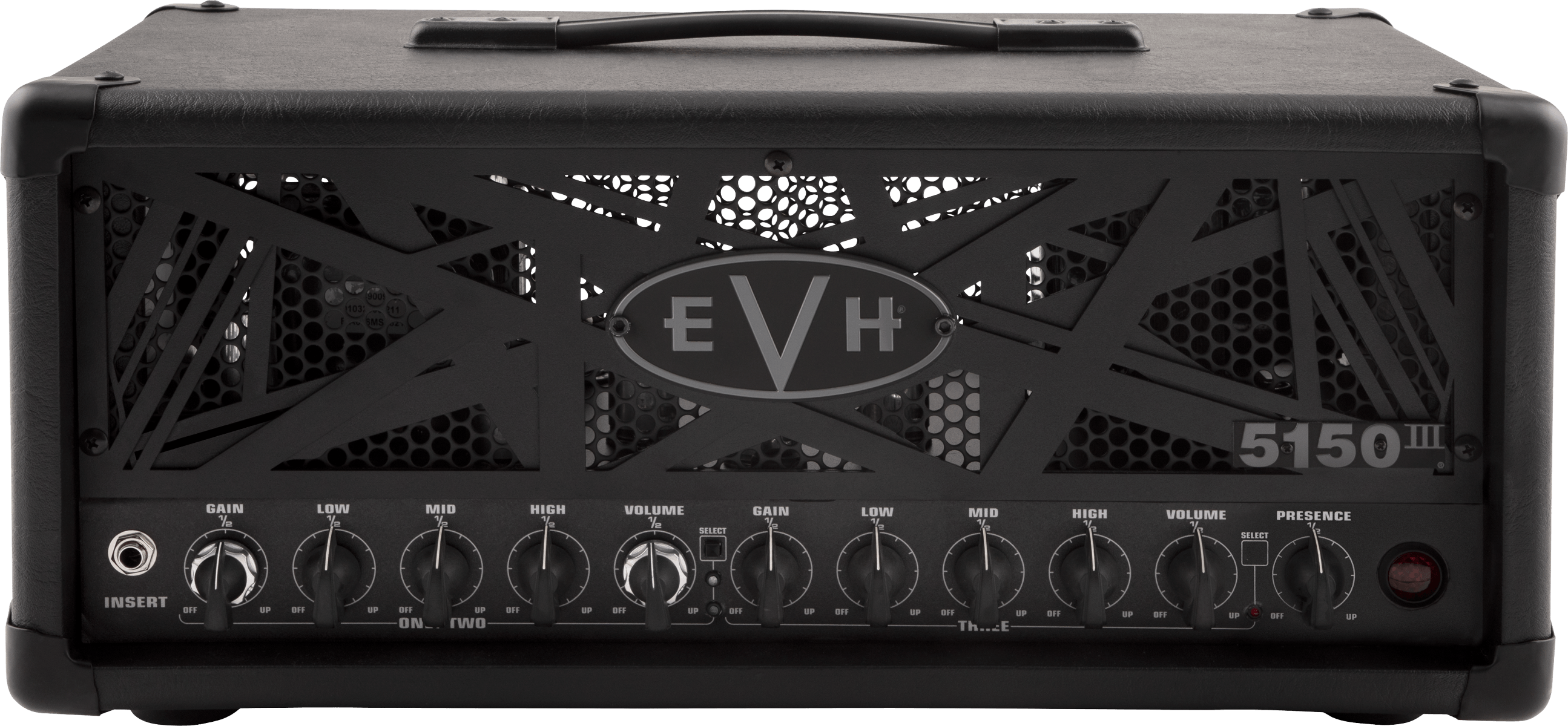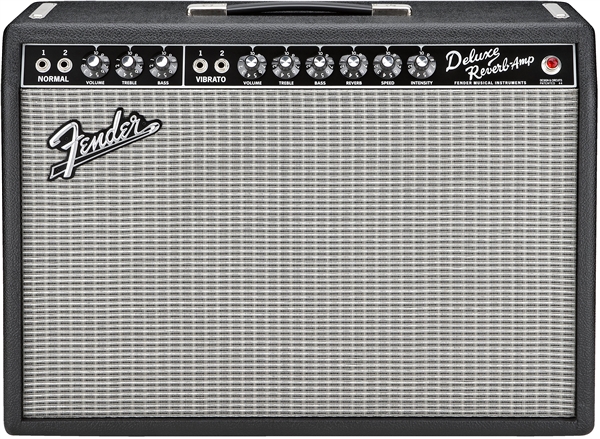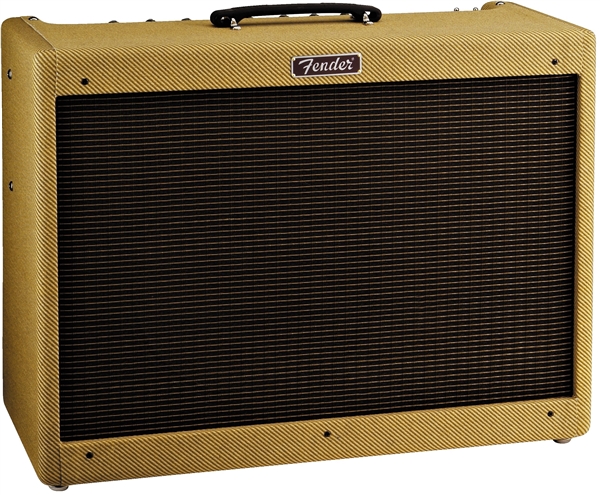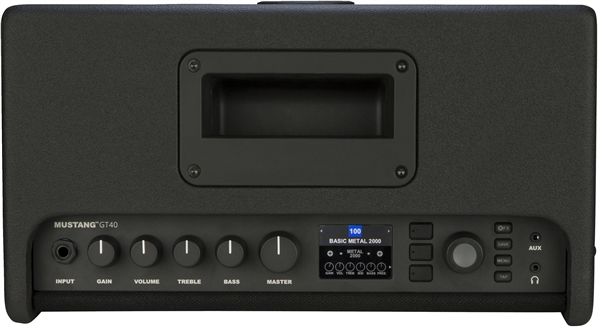How to Choose a Guitar Amp

Now that you can play your guitar well, and you’re set up with your first electric guitar, What next?
When it comes to choosing electric guitar amps, you realize that Guitar amps come in all shapes and sizes, with many options to choose from. Before you choose your guitar Amp, there are several questions that you will need to answer in order to help you narrow in on the right choice of Guitar Amp you plan to buy.
Guitar and bass amplifiers come in two different styles: combo amps, where the speaker and the amplifier are a single unit, and models that come separately, where the amplifier (referred to as a head) is connected to the speaker cabinet with cables.
A combo amp will be more than enough to play both at home and in clubs. Combo amps combine the speakers with the pre-amplifier and the power amplifier. The pre-amp shapes the tone of the guitar, and the power amp pushes the sound to the speakers. But first, how do guitar amps work? Well, they are taking the electrical signal from your guitar pickups, feeding it through an electronic circuit where the tone is ‘shaped’, then amplifying it before driving it towards your chosen speakers.
In a combo amp, this entire process happens within a single unit, making them extremely convenient. Amp heads, on the other hand, conduct only the tone shaping and amplification and require a separate speaker cabinet to output the sound.
Music Genre :
When choosing a guitar amp, it is important to note down the kind of music genres you love to play. Each Guitar amplifier type has that unique tone that fits a certain genre of music. Believe it or not, a guitar amplifier can make a huge impact on the instrument’s sound. Some amps produce a very smooth, clean sound, which is often preferred by jazz guitarists, as well as players who focus on pop and indie rock. Each guitar Amp has its own personality
Portability :
Before you decide which guitar amplifier to buy, you will need to consider whether you will be using your guitar amp for practice at home, practice on the move, or a full-stack to take to gigs.
Personal practice amp doesn’t have to be big. Small is more than enough to make you practice your fingers. Also, a small amp will be ideal if you are staying in a flat. You do not want your neighbors to call the authorities for being noisy in the flat.
Some of the small guitar amps have a certain character that recording artists prefer to use in the studio.
If you are a traveler like me, then a small guitar amp will be ideal since it can fit in normal suitcases.
Guitar Amp Types :
If you’re looking at buying a guitar amp, you might get overwhelmed when you see all the different types of guitar amps out there. With so many different brands, shapes, sizes, and features, it can be hard to figure out what is the right guitar amp for you.There are four main types of guitar amps:
- Tube Amps
- Solid State Amps
- Hybrid Amps
- Modeling Amps
Tube Guitar Amps (Valve Amps)

Tube guitar amplifiers are undeniably the more popular choice when it comes to picking an amplifier for professional live performance. They provide a richer, deeper tone with real depth and an incomparable clean sound.
Advantages of Tube Amps :
- They produce the best tone especially when hot
- They are simple to use
Disadvantages of Tube Amps :
- They are costly
- Tubes are fragile and require regular checkups
- Tube Amps are too heavy to carry around
- Best tones from tube amps are usually only possible at high volumes.
Even if you have your mindset on getting a tube amp, have a read through the different types of guitar amps to see how they compare. You may find tube amps that suit you the best, or you may find a better alternative.
Below are examples of Tube Amps
Solid State Guitar Amps

Solid-state amps are generally a lot cheaper, lighter, and reliable than valve amplifiers, but the tone is never quite the same. Solid-state amps are very popular with beginner to intermediate players and depending on the style, pros as well. Built-in a very similar way to a valve amp but using transistors instead of the aforementioned tubes, they still generally offer the same range of sounds like a valve amp.
Advantages of Solid State Amps :
- They cost less as compared to Tube amps which are pricey
- Easy to get low wattage amps for home use
- They have got Low power usage and they do not produce excess heat
- Lighter for transporting
- Sound the same every time
Disadvantages of Solid State Amps :
- Due to their overdrive being transistor-based, they aren’t as warm sounding as a tube amp
- The natural overdrive of a solid state amp will introduce some harsh clipping elements
- Hard to repair yourself as compared to tube amps especially when it comes to replacing the tubes
- Less dynamic and responsive than a tube amp. Tube amps respond to how hard you strike the string and how soft you play it
Below are examples of Solid State Amps
- Yamaha THR10 II Wireless 2x3" 20-watt Modeling Combo Amp
- Line 6 SPIDERIIIHD75 Guitar Amplifier
- Orange Crush 20RT 20-watt Combo Amp – Orange
Hybrid Guitar Amps
Hybrid amps may not be the most common anymore, but they still have their place in the guitar amp world. Normally they would use a valve preamp with a solid-state power amplifier. This generally means the amp would be more reliable and would have the classic solid-state high-frequency response that was popular with metal guitarists in the 80’s and 90’s.
Advantages of Hybrid Guitar Amps :
- Access to a wider range of guitar tones and effects than a typical tube amp
- Makes use of real tubes for that “authentic” guitar amp tone
Disadvantages of Hybrid Guitar Amps :
- Heavier than typical modeling amps due to the tubes
- More expensive than typical modeling amps
- The difference in tone compared to a typical modeling amp may not make it worthwhile for you
Below are examples of Hybrid Guitar Amps
- Line 6 Amplifi 150 Guitar Amplifier
- Blackstar ID: Core 10 V2 2x3" 10watt Stereo Combo Amp
- Boss KATANA Mini Guitar Amplifier
Modeling Amps
Modeling Amps use computer modeling to create their sounds. Digital amps have a wealth of effects and flexibility associated with them. Modeling technology has the advantage of being able to imitate sounds, so modeling amps can emulate a tube-amp sound quite convincingly.
Advantages of Modeling Amps :
- Amp sounds: Most Amp Modelers come with many sounds onboard to choose from. It only depends on how many sounds you require
- Cab sounds: Digital Amp Modelers come with cab simulations to choose from
- Built-in effects: Most modeling amps have some effects, but premium models often boast a huge selection
- Connectivity: Most Amp Modelers have headphones, USB, and output connections
Disadvantages of Modeling Amps :
- Modeling Amps are too much and unnecessary for some players: If you do want that one huge guitar tone as your signature sound you can probably find it in a modeling amp, but it really isn’t the right tool for the job. Like all great guitarists throughout rock history, you’ll want to explore different guitars, amps, and effects until you find the right combination that gets the sound you need.
- Modeling Amps are complicated: While the most recent generations are much easier to use than those from a few years back, there is still a learning curve. Younger guitarists and those who are more computer savvy may find this as a plus, but for many old-school plug-and-plug guitarists, it can be annoying.
- Too many unnecessary features: These amps tend to come with a lot of very innovative features. Some are useful, but others seem like way too much
Below are examples of Modeling Guitar Amps
- Line 6 Spider IV 120 120W 2x10 Guitar Combo Amp
- Line 6 SPIDERVALVE-212 Guitar Amplifier
- Line 6 Vetta II 300W Stereo Guitar Combo Amp
Effects & Other Features :
The last thing you will need to consider when buying a guitar amp is the guitar effects that come with the Amp. Many amps include digital effects such as reverb, tremolo, and effect loops.
You can also find amps that offer channel switching, which allows players to switch from a clean sound to a distorted sound by flipping a switch or pressing a foot pedal.
Some amps also include separate EQ controls for each channel. This allows you to adjust volume and distortion more specifically. Other special features can include outputs for digital recording. Just remember to choose effects you’ll actually use. You do not have to spend too much money on fancy digital amps with features that you don’t actually need.
How to Choose The Right Guitar Amp Type For You?
At this point now you know the different types of guitar amps. The next thing is how to choose the right Guitar Amp for yourself. Do not get confused with brands that are spread all over the place. The key thing is to look for an Amp that suits your kind of music. Consider features, bearing in mind that some features you may not need now as a beginner. If you feel a tube amp would suit you best you can then start researching tube amps and find the brands and models that suit you.
As you prepare to go out to hunt for your dream guitar Amp, Ask yourself the below questions:
- Do I need to regularly transport the amp?
- How loud does the amp need to be?
- Will I be using pedals for my effects, or do I want to have the amp do everything?
- How many different types of tones do I want to access?
- What is my budget?
- Will I be recording music with the amp?
- Will I be performing live with the amp?
Do your researches well, take your time to compare. Let price be the last thing to bother you. Walk-in any showroom and ask them for a demo of different types of guitar amps. When you are convinced that you now know what you want, then go online and place your order where you see a good deal.
CHOOSE THE BEST GUITAR AMPS AT WWW.M4MUSIC.COM
At m4music.com we offer a great selection of guitar amps for all players. Whether you’re a beginner or an old pro, we have an amp for you! Our trained technicians can help you find the best guitar amp for your playing style.




Leave a Comment